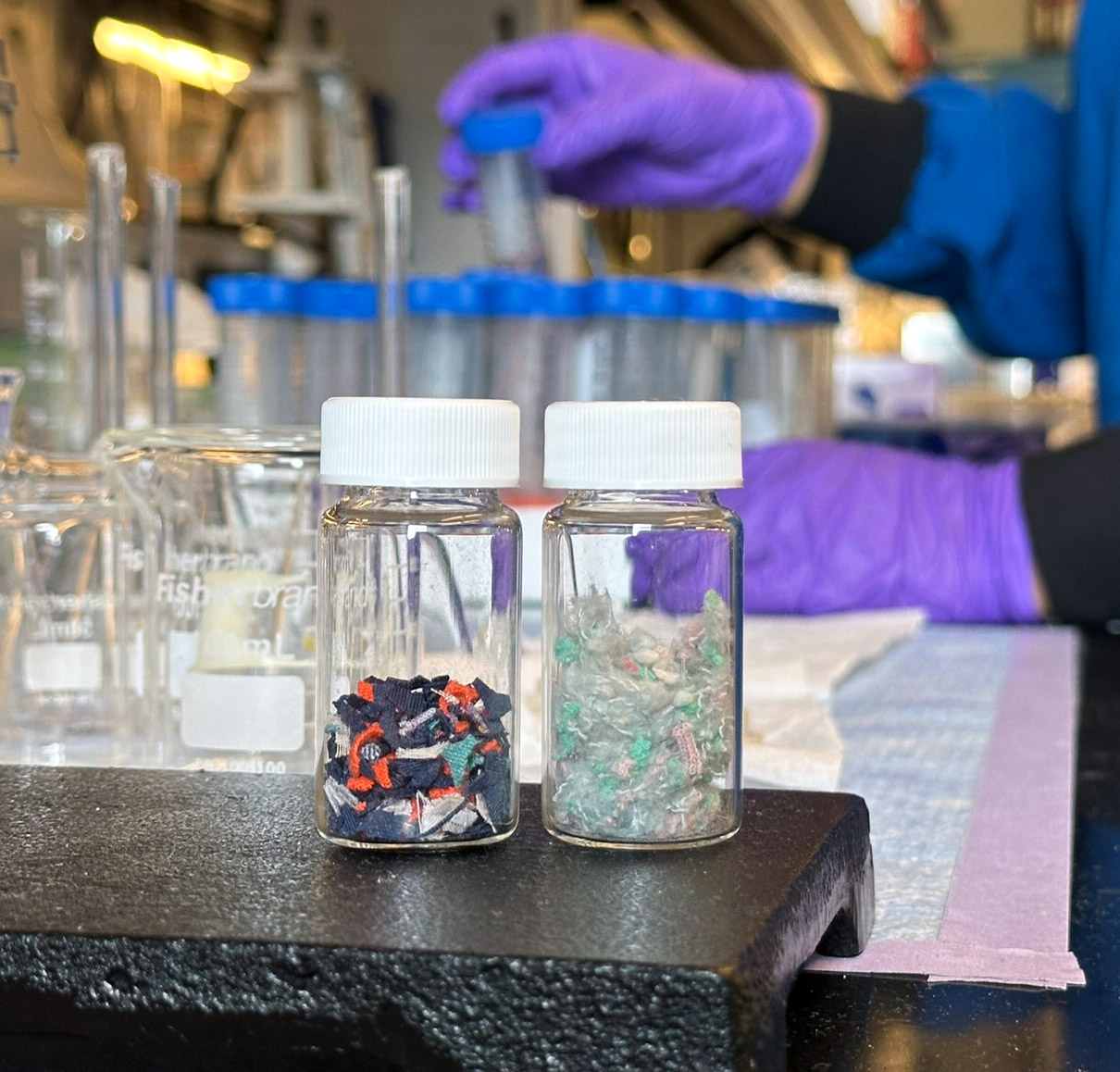A polyester-dissolving process could make modern clothing recyclable
Less than 1% of clothing is recycled, and most of the rest ends up dumped in a landfill or burned. A team of researchers hopes to change that with a new process that breaks down mixed-fiber clothing into reusable, recyclable parts without any sorting or separation in advance. “We need a better way to recycle…

Less than 1% of clothing is recycled, and most of the rest ends up dumped in a landfill or burned. A team of researchers hopes to change that with a new process that breaks down mixed-fiber clothing into reusable, recyclable parts without any sorting or separation in advance.
“We need a better way to recycle modern garments that are complex, because we are never going to stop buying clothes,” says Erha Andini, a chemical engineer at the University of Delaware and lead author of a study on the process, which is out today in Science Advances. “We are looking to create a closed-loop system for textile recycling.”
Many garments are made of a mix of natural and synthetic fibers. Once these fibers are combined, they are difficult to separate. This presents a problem for recycling, which often needs textiles to be sorted into uniform categories, similar to how we sort glass, aluminum, and paper.
To tackle this problem, Andini and her team used a solvent that breaks the chemical bonds in polyester fabric while leaving cotton and nylon intact. To speed up the process, they power it with microwave energy and add a zinc oxide catalyst. This combination reduces the breakdown time to 15 minutes, whereas traditional plastic recycling methods take over an hour. What the polyester ultimately breaks down into is BHET, an organic compound that can, in theory, be turned into polyester once more. While similar methods have been used to recycle pre-sorted plastic, this is the first time they’ve been used to recycle mixed-fiber textiles without any sorting required.

In addition to speeding things up, the use of microwave energy also reduces the technique’s carbon footprint because it’s quicker and uses less energy, says Andini.
Nevertheless, the process could be difficult to scale, says Bryan Vogt, a chemical engineer at Penn State University, who was not involved in the study. That’s because the solvent used to break down polyester is expensive and difficult to recover after use. Further, according to Andini, even though BHET is easily turned back into clothing, it’s less clear what to do with the leftover fibers. Nylon could be especially tricky, as the fabric is degraded significantly by the team’s chemical recycling technique.
“We are chemical engineers, so we think of this process as a whole,” says Andini. “Hopefully, once we are able to get pure components from each part, we can transform them back into yarn and make clothes again.”
Andini, who just received a fellowship for entrepreneurs, is developing a business plan to commercialize the process. In the coming years, she aims to launch a startup that will take the clothes recycling technique out of the lab and into the real world. That could be a significant step toward reducing the large amounts of textile waste in landfills. “It’ll be a matter of having the capital or not,” she says, “but we’re working on it and excited for it.”







